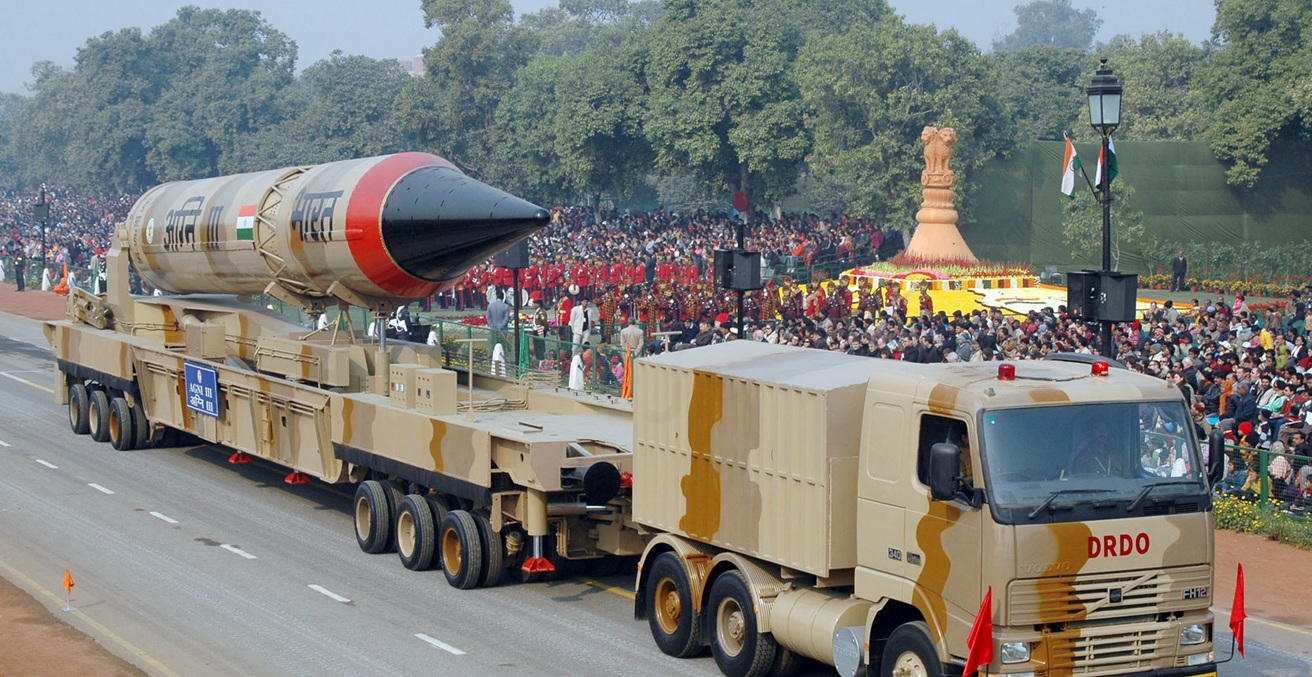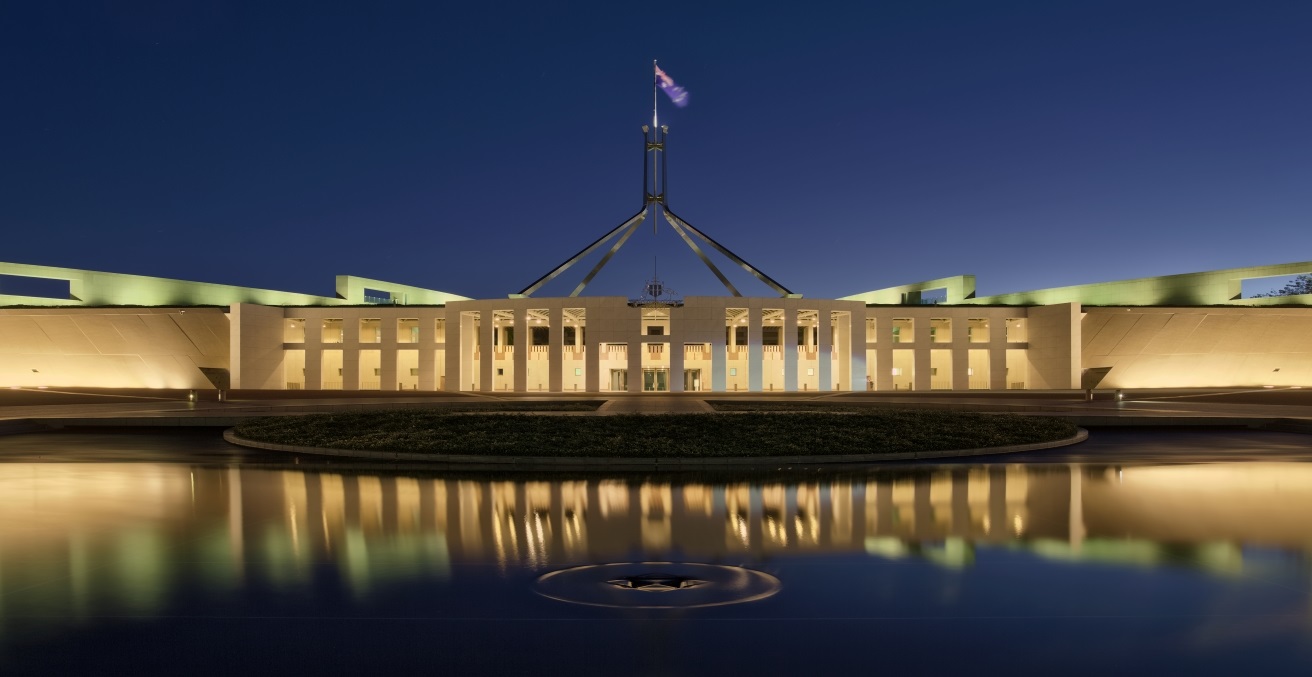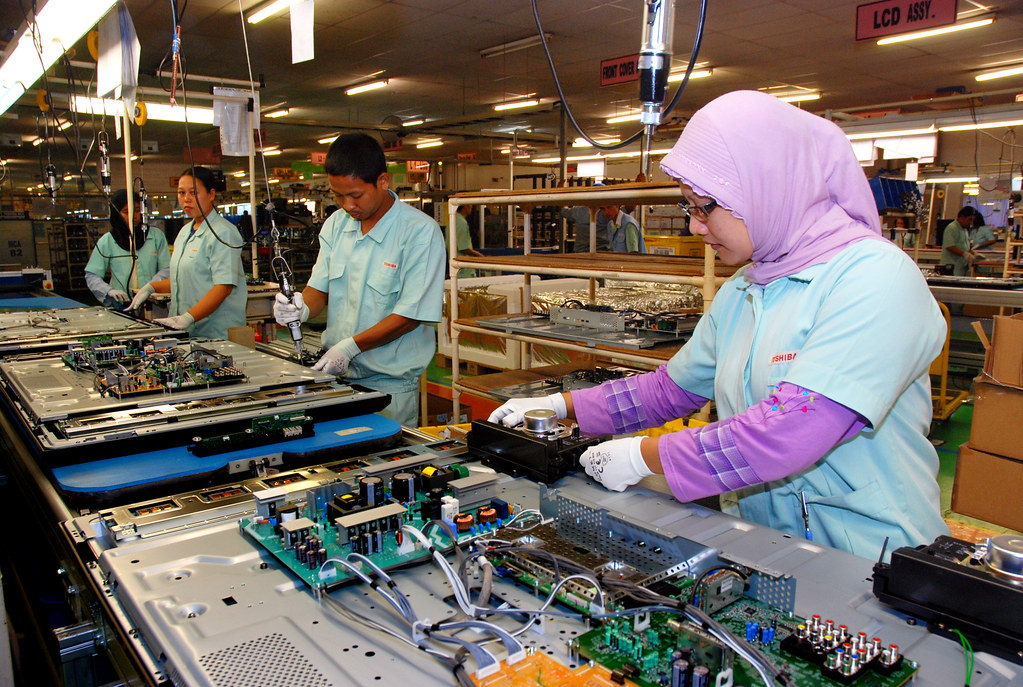Claims that Pakistan is developing intercontinental ballistic missiles misread its strategic priorities and economic constraints. The real trajectory toward ICBM capability in South Asia lies with India—driven by global ambitions, not regional survival.
The presence of two nuclear-armed states in South Asia—India and Pakistan—has long defined the region’s deterrence architecture. Both states possess a range of ballistic missile capabilities. However, a recent article published in Foreign Affairs, titled “How to Survive the New Nuclear Age,” based on US intelligence assessments, suggests that Pakistan is developing intercontinental ballistic missiles (ICBMs). This claim warrants critical reassessment. Portraying Pakistan as pursuing an ICBM capable of targeting the US misrepresents the regional realities define Pakistan’s constraints and diverts attention from India’s more plausible trajectory towards developing ICBMs.
Pakistan’s nuclear posture has historically been India-centric. The program was not initiated with global power projection in mind, but as a reaction to the Indian nuclear test in 1974 and the trauma of Pakistan’s dismemberment in 1971. While the causes of that separation were domestic, India’s direct military and political intervention—acknowledged publicly by Prime Minister Narendra Modi in 2015—remains central to Pakistan’s security calculus. Confronted with a conventionally superior adversary that exercises upstream control over its vital river systems, Pakistan’s nuclear doctrine has consistently prioritised regional deterrence for national survival.
The trajectory of Pakistan’s missile development reflects this defensive orientation. The longest-range system in its arsenal, the Shaheen-III, has a range of 2,750 km—sufficient to reach any part of Indian territory, but not beyond. Unlike states pursuing global strike capabilities, Pakistan has exhibited no sustained interest in extending its missile envelope into intercontinental ranges. The strategic utility of such a capability is questionable given the prohibitive financial, infrastructural, and political costs it would impose on a state already managing multiple internal and external challenges.
Economically, Pakistan remains highly dependent on Western financial systems. The United States is one of its top export destinations and exerts considerable influence within the International Monetary Fund (IMF), where it controls approximately 16 percent of the voting share. Pakistan has entered twenty-four IMF programs, with the current bailout still ongoing. Moreover, European countries account for approximately 29.8 percent of Pakistan’s exports, and Pakistan currently benefits from GSP+ status, which gives duty-free access to most European markets in exchange for following international governance and human rights standards. In addition, the Pakistani diaspora residing in the United Kingdom, the United States, and other European countries contributes significantly through remittances.
The United States also exerts considerable influence over other financial institutions relevant to the country, such as the World Bank. This highlights a unique capacity in the United States to exert substantial economic pressure on Pakistan. This matters because any deviation from a strategic posture—particularly one that triggers perceptions of threat among key financial stakeholders—could result in punitive consequences. Under such conditions, the initiation of an ICBM program, especially designed to reach the US, would be both fiscally unsustainable and strategically incoherent.
Fiscal stability is also linked with its immediate national security imperative. Pakistan faces urgent demands for conventional modernisation across the army, air force, and navy. The May 2025 conflict between India and Pakistan has further increased pressure on Islamabad to enhance its capabilities not only on land, at sea, and in the air, but also in emerging domains such as space and cyber. Pakistan must also allocate greater resources toward expanding its missile arsenal, increasing the number of deployed systems in response to India’s investment in missile defence, dispersing its launch platforms, and investing in layered defence systems.
Furthermore, an ICBM capability of reaching the US would require significant investment in command and control as well as supporting infrastructure. Moreover, due to advances in missile defence systems, Pakistan would need a substantial number of missiles to ensure survivability. The operational burden of maintaining such ICBM force would stretch Pakistan’s technical and operational capacity. This reinforces the argument that a capability to target the US misaligns with its immediate security imperatives.
On the domestic security front, Pakistan faces a wide array of dispersed priorities. The internal security situation in Balochistan and Khyber Pakhtunkhwa remains volatile, imposing both financial costs and operational strain on the state. Border management challenges continue along the frontiers with Iran and Afghanistan, stretching scarce resources further.
By contrast, India’s strategic orientation has decisively moved beyond South Asia. As the world’s most populous state and one of its fastest-growing economies, India seeks status recognition commensurate with a great power identity. The IMF projects India to become the fourth-largest economy by the end of 2025 and the third-largest by 2028. Its doctrine of strategic autonomy has enabled it to pursue overlapping partnerships with the United States, Japan, Australia, and the European Union, while simultaneously deepening defence and energy ties with Russia—even amid the Ukraine conflict.
In 2022 and 2023, India emerged as a key conduit for high-end industrial inputs, including precision machine tools and electronic components, which played a critical role in sustaining Russia’s war-related manufacturing base. This dual-track engagement reflects not inconsistency, but a deliberate strategy to shape a multipolar international system in which India asserts itself as an independent pole of power.
This aspirational posture has doctrinal implications. States that seek to exert influence on a global scale typically pursue capabilities that extend deterrence beyond their immediate region. For India, the utility of an ICBM force is both political and strategic. Domestically, it reinforces nationalist narratives of technological ascent.
Internationally, it signals parity with the United States, China, and Russia—each of which is currently modernising its nuclear forces and ICBM fleets. A state with ambitions to sit at the top table of global order is unlikely to exclude itself from such developments. Official statements over the past decade, meanwhile, reflect India’s intent to extend its missile ranges. After 2012, Agni-V test DRDO Chairman Dr V. K. Saraswat confirmed that program would continue. A year later DRDO Chief Avinash Chander claimed claimed that India could field a 10,000 km-range missile “within two and a half years.” Former Air Chief Marshal Pradeep Naik has also supported extending India’s nuclear strike range beyond South Asia.
India is uniquely positioned in the Global South to translate such intent into capability. Its space program under the Indian Space Research Organisation (ISRO) has long served as a vehicle for dual-use technology development. Solid-fuel propulsion systems, thermal shielding, and inertial navigation developed for space launch vehicles can be—and have been—repurposed for missile systems. The overlap between ISRO and DRDO is not incidental; it reflects a structural civilian–military fusion. The Agni-V, with estimates suggesting a possible range exceeding 10,000 km with a lighter payload, exemplifies this convergence. European and North American targets are theoretically within reach. Reports of an even longer-range system, the Agni-VI, suggest a missile with a range of 9,000 to 12,000 km and a payload capacity of up to three tons.
In this context, the asymmetry in strategic intent is stark. India’s pursuit of long-range missile systems corresponds with its evolving geopolitical aspirations. Pakistan, by contrast, remains anchored in a security framework shaped by the India–Pakistan dyad. Assertions that conflate technical capability with political intent—particularly those implying Pakistan’s interest in ICBMs—risk misguiding Western threat assessments and, in doing so, contribute to the erosion of regional stability.
Moreover, such mischaracterisations carry broader operational and normative risks. They may provide justification for sanctions or coercive policy tools, complicating Pakistan’s access to dual-use technologies and delaying its efforts to modernise conventional missile systems. They may also undermine international support for Pakistan’s counterterrorism cooperation, skew defence resource allocation away from internal stability, and contribute to an emerging regional imbalance in strategic capabilities. In a worst case, they may raise the probability of inadvertent escalation under crisis conditions, especially given the narrowing space for signalling and misperception in the India–Pakistan conflict dyad.
The empirical, economic, and doctrinal evidence overwhelmingly suggests that India—not Pakistan—is the more credible candidate for ICBM development in South Asia. Acknowledging this asymmetry is not a matter of favouring one state over another; it is a prerequisite for responsible threat analysis, sustainable diplomacy, and effective arms control. Misreading the strategic environment does not merely obscure emerging risks—it can catalyse them.
Zohaib Altaf is associate director at the Centre for International Strategic Studies Azad Jammu and Kashmir (CISS AJK), Pakistan. His work focuses on nuclear strategy, deterrence stability, and emerging military technologies. He has written for the Bulletin of the Atomic Scientists, the Stimson Center, The Diplomat, and the South China Morning Post.
Nimra Javed is a research officer at the Centre for International Strategic Studies Azad Jammu and Kashmir (CISS AJK), Pakistan. She specializes in arms control, strategic technologies, and regional security dynamics. She is also an alumna of the Near East South Asia (NESA) Center for Strategic Studies, National Defense University Washington, DC.
This article is published under a Creative Commons License and may be republished with attribution.





